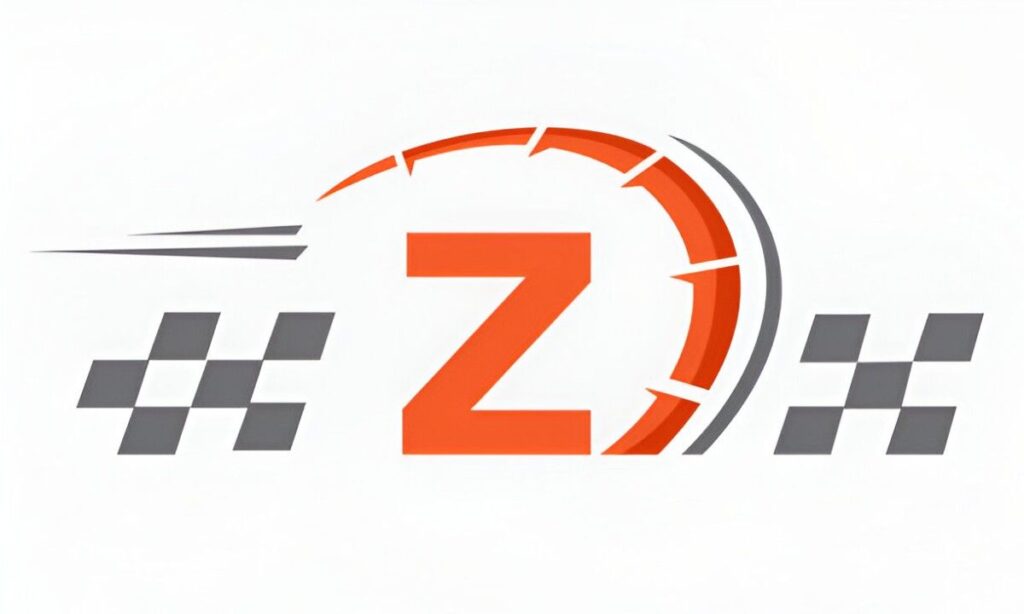Financial transactions form the backbone of modern economies, but the mechanisms behind them often remain opaque. I find that intermediaries—banks, brokers, payment processors, and others—play a critical yet underappreciated role in ensuring smooth financial operations. In this article, I explore the intricate world of financial intermediaries, their functions, and their impact on both individuals and businesses.
Table of Contents
What Are Financial Intermediaries?
Financial intermediaries act as middlemen between parties in a transaction. They facilitate the movement of money, mitigate risks, and ensure compliance with regulations. Without them, economic activity would slow to a crawl.
Types of Financial Intermediaries
I categorize intermediaries into several key groups:
- Banks – Traditional and online banks hold deposits, lend money, and process payments.
- Brokerage Firms – They connect buyers and sellers in securities markets.
- Payment Processors – Companies like PayPal and Stripe enable digital transactions.
- Clearinghouses – They ensure trades settle correctly in stock and derivatives markets.
- Insurance Companies – They pool risk and provide financial protection.
Each type serves a distinct purpose, but all share the common goal of reducing friction in financial exchanges.
Why Do We Need Intermediaries?
I often hear skepticism about intermediaries—why not cut out the middleman? The reality is that intermediaries solve three major problems:
- Asymmetric Information – Lenders don’t always know if borrowers will repay. Banks assess creditworthiness, reducing this risk.
- Liquidity Mismatches – Savers want access to funds, while borrowers need long-term loans. Banks bridge this gap.
- Transaction Costs – Direct peer-to-peer transactions can be inefficient. Intermediaries streamline the process.
A Mathematical Perspective
The role of intermediaries in reducing transaction costs can be modeled using the following equation:
TC_{direct} = \sum_{i=1}^{n} (c_i + t_i)Where:
- TC_{direct} = Total transaction cost without intermediaries
- c_i = Cost of finding counterparties
- t_i = Cost of verifying transaction legitimacy
With intermediaries, the equation simplifies to:
TC_{intermediated} = F + \sum_{j=1}^{m} v_jWhere:
- F = Fixed fee charged by the intermediary
- v_j = Variable costs per transaction
In most cases, TC_{intermediated} < TC_{direct}, justifying their existence.
How Intermediaries Make Money
Intermediaries earn revenue through various mechanisms:
| Intermediary Type | Revenue Source | Example |
|---|---|---|
| Commercial Banks | Interest spreads, fees | Charging 4% on loans while paying 1% on deposits |
| Stock Brokers | Commissions, spreads | $5 per trade or earning the bid-ask difference |
| Payment Processors | Transaction fees | Stripe charges 2.9% + $0.30 per transaction |
I notice that these revenue models often align with the value provided—liquidity, security, or convenience.
Risks Associated with Intermediaries
While intermediaries reduce certain risks, they introduce others:
- Counterparty Risk – If a bank fails, depositors may lose funds (though FDIC insurance mitigates this in the US).
- Operational Risk – System failures, like the 2021 Robinhood outage, disrupt transactions.
- Regulatory Risk – Changing laws can alter intermediary profitability (e.g., Dodd-Frank Act).
Example: The 2008 Financial Crisis
I recall how over-reliance on mortgage intermediaries (like investment banks packaging subprime loans) led to systemic collapse. The lesson? Intermediaries must be well-regulated to prevent cascading failures.
The Rise of Decentralized Finance (DeFi)
Recently, blockchain-based DeFi platforms have challenged traditional intermediaries. Instead of banks, smart contracts automate lending and trading.
Traditional vs. DeFi Intermediation
| Aspect | Traditional Finance | DeFi |
|---|---|---|
| Trust Mechanism | Centralized institutions | Code-based smart contracts |
| Speed | Days for settlements | Minutes or seconds |
| Accessibility | Requires bank approval | Open to anyone with crypto |
Yet, DeFi has its own risks—smart contract bugs, regulatory uncertainty, and volatility. I see it as complementary rather than a full replacement.
Practical Implications for Businesses and Individuals
For Businesses
- Choosing Payment Processors – A 2.9% fee may seem small, but for high-volume businesses, it adds up. Negotiating lower rates with processors can save thousands.
- Bank Relationships – Larger businesses use multiple banks to diversify counterparty risk.
For Individuals
- Brokerage Selection – Zero-commission brokers like Fidelity or Schwab reduce costs for retail investors.
- Credit Unions vs. Banks – Credit unions often offer better loan rates but may lack digital features.
The Future of Financial Intermediation
I predict several trends:
- Increased Automation – AI and blockchain will further reduce reliance on human intermediaries.
- Regulatory Evolution – Governments will impose stricter rules on fintech firms to ensure stability.
- Hybrid Models – Traditional banks will integrate DeFi features to stay competitive.
Conclusion
Financial intermediaries, despite their flaws, remain indispensable. They lower costs, enhance security, and enable economic growth. As technology evolves, so will their forms—but their core function will endure. Whether you’re an individual managing personal finances or a business optimizing transactions, understanding intermediaries helps you navigate the financial landscape with confidence.





